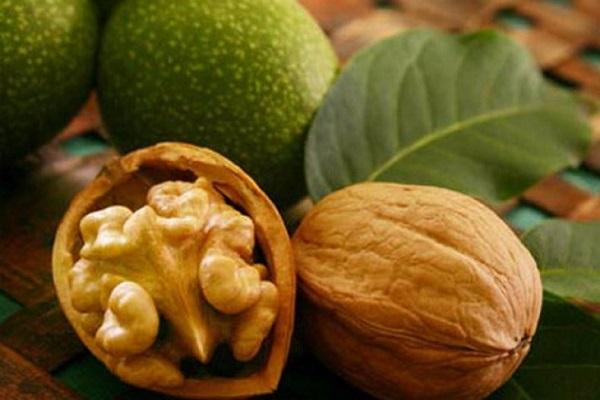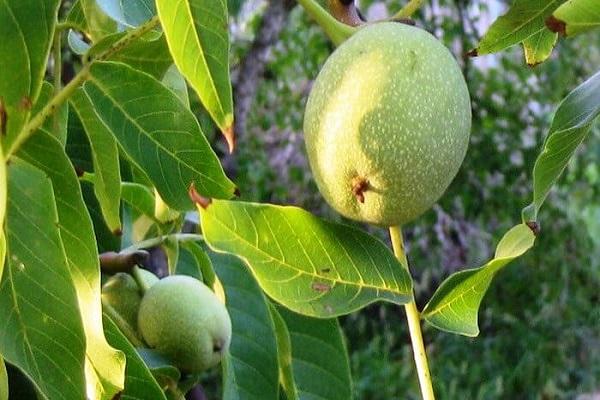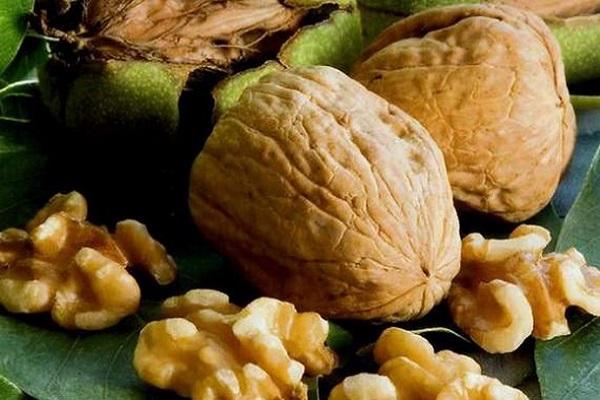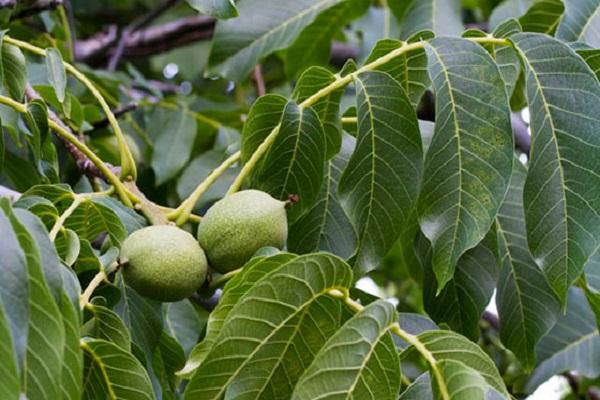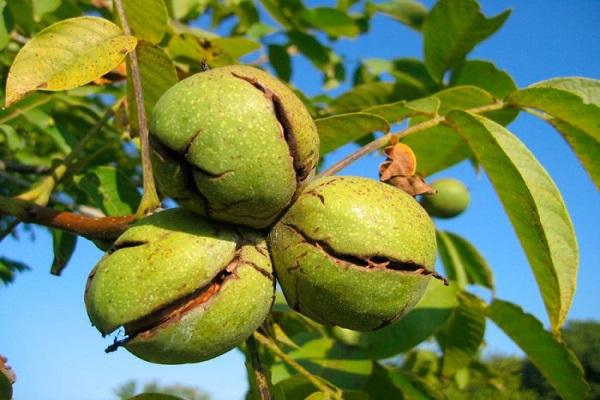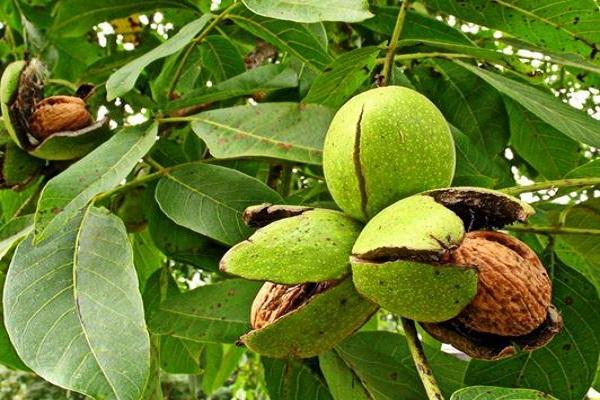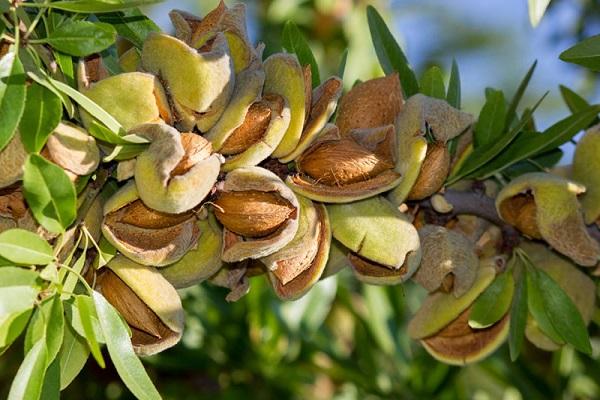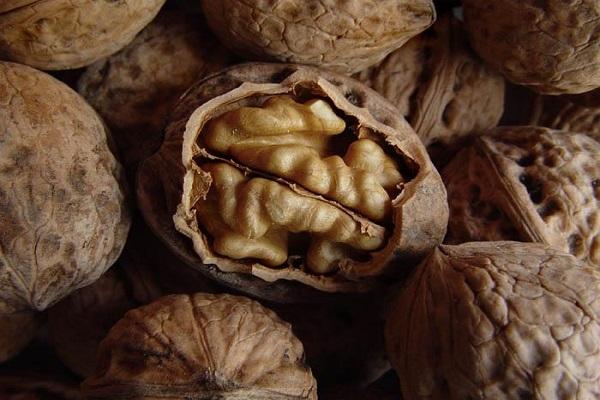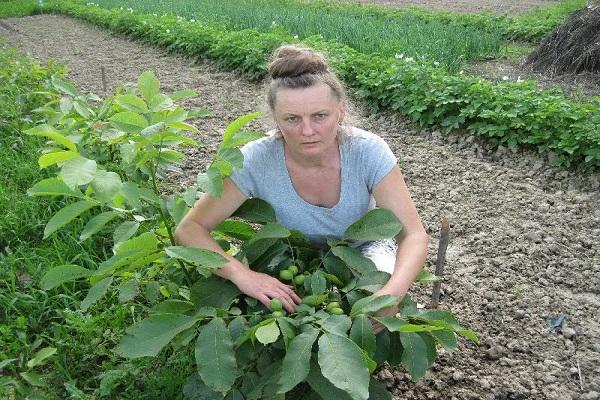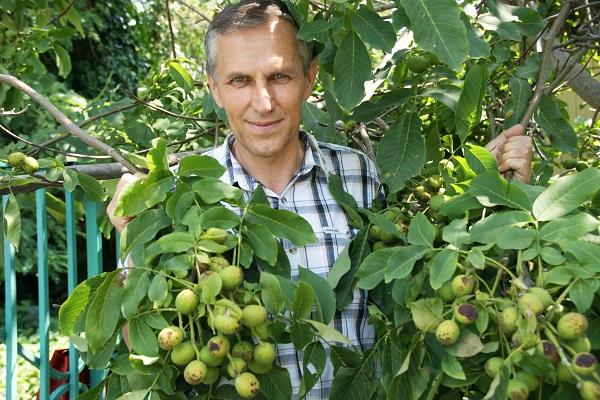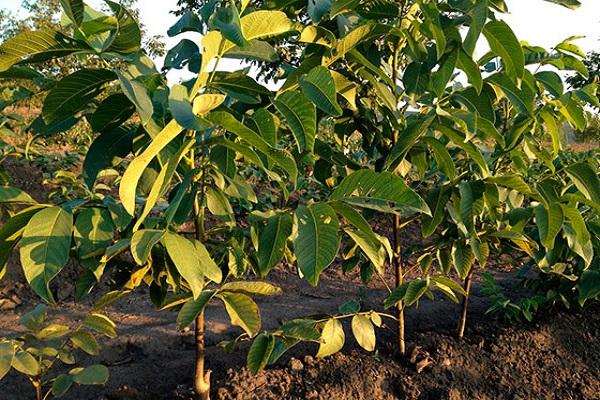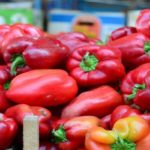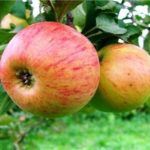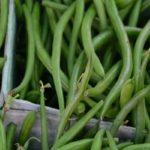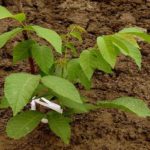The varieties of your favorite walnut differ from each other in terms of ripening, fruit weight, peel strength and other characteristics. It seemed that breeders would not be able to diversify this plant too much, but such conclusions turned out to be hasty. Now nuts are successfully grown not only in the south, but also in the middle zone. The abundance of varieties allows gardeners to choose a plant to suit their individual needs and requests.
- Walnut: description
- The best varieties
- Dawn of the East
- Elegant
- Walnut Five-year plan
- Breeder
- Abundant
- Dessert
- Dwarf
- Ivan crimson
- Astakhovsky
- Krasnodar
- Petrosyan's favorite
- Pelan
- Sadko
- Bukovina bomb
- Aurora
- Harvest
- Giant
- Memory Minov
- Calarasi
- Criteria for selecting varieties
- Winter-hardy varieties
- Lateral views
- Precocious
- short
- For different regions of Russia
- Late varieties
- Other criteria
- Specifics of planting and care
Walnut: description
Walnut is a large deciduous tree with well-developed roots. The fruits are formed in the form of dry drupes. When ripe they dry out and crack. The size and shape of the nuts depend on the varietal characteristics of the tree.
Walnut is a heat- and moisture-loving crop that fully develops and produces harvests only in warm climatic conditions. It is preferable to select soil with good moisture permeability. In the climate of the middle zone, not all varieties of walnuts are able to ripen, so when choosing a seedling for a plot, it is necessary to study its characteristics and ripening time.
Now breeders have already developed many varieties with increased frost resistance, improved taste characteristics, and immunity to disease.
The best varieties
Walnuts have been grown in the gardens of both amateurs and professional farmers for quite some time. From their personal experience, they were able to identify those varieties that are most worthy of attention.
Dawn of the East
An early species intended for cultivation in the Krasnodar region. The first harvest is harvested 3.5-4 years after planting the seedling on the site. Full ripening occurs in the last ten days of September. The nuts are not large, weighing up to 10 g. Up to 24 kg of harvest is harvested from each mature tree. Frost resistance and disease resistance are at an average level.
Recognized as the best walnut, oriented towards growing in amateur gardens of Kuban.
Elegant
A nut with medium-early fruit ripening. Ripening begins in mid-September.The tree grows up to 5 m upward and is characterized by a powerful crown. The first harvest is enjoyed 4-5 years after planting the seedling. The fruits are large, weighing up to 13 g, with a thin shell. Up to 23 kg of fruits are harvested from each plant. It is successfully grown by farmers on an industrial scale and has increased drought resistance and immunity.
Walnut Five-year plan
This variety is new and is still being tested. Distinctive features are increased winter hardiness and productivity. Under industrial cultivation conditions it exhibits good disease resistance. The type of ovary formation is apical-lateral, the first fruits are harvested 3.5-4 years after planting the seedling. The harvest takes place at the end of September. Up to 21 kg of nuts are removed from each plant. The weight of each of them reaches 9 g. The variety is suitable for cultivation in the Kuban.
Breeder
The variety is designed for growing in southern climates. It has stable productivity. Up to 23 kg of nuts are removed from each tree. The location of the fruits is crown. Not a frost-resistant species, but immunity to diseases and pests is high.
Abundant
An adult nut does not exceed 5.5 m in height. The first harvest occurs 3-4 years after planting on the site. The ovaries are formed in clusters, each of which contains 3-8 fruits. The weight of each fruit reaches 11 g. An adult tree produces up to 30 kg of harvest per season. Resistance to pathogens is high, not frost-resistant.
Dessert
A vigorous variety with a massive spreading crown. The walnut is characterized by increased drought resistance, but its winter hardiness is below average. Subject to the conditions of agricultural technology, the first harvest is enjoyed 4 years after planting the seedling.Formation of apical type ovaries. It is distinguished by excellent taste characteristics and large size of fruits, the weight of which reaches 12 g. Up to 23 kg of harvest is harvested from each mature tree.
Dwarf
The tree is low-growing, its height does not exceed 2.5 m, the crown is compact. The fruits weigh up to 12 g. The shell is durable; when crushed, the entire kernel is removed. The harvest is harvested in the 2nd-4th decade of September. Recommended for industrial cultivation. Up to 50 centners of nuts are harvested from 1 hectare of area. Frost resistance is average.
Ivan crimson
A low-growing hybrid nut, the height of which does not exceed 2.5 m. Bred on the basis of the popular Ideal variety. Fruiting begins 2 years after planting the seedling. The fruits are set in clusters. Trees are planted according to a 3 x 3 m pattern. They have good winter hardiness and resistance to pathogens.
Astakhovsky
The variety was recently released. A distinctive feature is increased resistance to disease. The nut is winter-hardy. In 2015, he entered the State Register. Recommended for growing in private gardens. The plant tolerates temperature drops down to -37 0C, easily restores the crown after freezing. The harvest is enjoyed 6 years after planting the seedling. Each tree produces up to 20 kg of fruit per season, each of them weighs up to 25 g. The shell is thin and easily destroyed. The taste characteristics are rated as dessert and deserve 5 points.
Krasnodar
The nut passes the state test. The height of the tree is large, it has a massive dense crown, which requires mandatory thinning. Fruiting begins 4 years after planting the tree. The harvest is enjoyed at the end of September. The weight of the fruit reaches 13 g. The taste and presentation are at a high level.An adult tree produces up to 20 kg of nuts per season.
The variety is characterized by increased drought resistance and is not susceptible to fungal diseases.
Petrosyan's favorite
A fast-growing, tall variety with a massive crown. It begins to bear fruit 4 years after planting on the site. Frost resistance is high, flowering is simultaneous and bisexual. The fruit harvesting process occurs in the last ten days of September. Up to 22 kg of nuts are removed from each tree per season. Recommended for cultivation in the climatic conditions of the North Caucasus. Has increased drought resistance.
Pelan
The tree is tall, massive, reaching 10 m in height. It begins to produce harvests 4 years after planting on the site. The harvest period falls in the last ten days of September. The fruits are small, with a thin shell. When peeling, the core splits in half. Distinctive features of the variety are drought and frost resistance, as well as resistance to common diseases and pests.
Sadko
The dwarf tree is characterized by excellent cold resistance and consistently high yields. The variety is early ripening. The height of an adult nut does not exceed 3.5 m. The fruits are enjoyed 3 years after planting the seedling. The fruits are small in size, tied in clusters of 8 pieces each.
Bukovina bomb
Tall mid-season variety with a spreading spherical crown. Fruiting is stable. The weight of one Bukovinian nut reaches 18 g, in rare cases it reaches 30 g. A distinctive feature is increased winter hardiness and good disease resistance. With the seed growing method, varietal properties are transmitted perfectly.
Aurora
The height of a tree of this variety exceeds 6 m.It begins to bear fruit 4 years after planting. An adult plant produces up to 25 kg of nuts per season, each of which weighs up to 13 g. Winter hardiness and resistance to pathogens are high. Recommended for cultivation on farms for industrial purposes.
Harvest
The harvest of nuts of this variety occurs at the end of September, which makes it possible to classify it as a mid-season variety. The height of the tree reaches 6 m, the crown is massive and dense. The harvest is harvested regularly from the 4th year of the seedling's life. Each adult plant produces up to 28 kg of small nuts. The shell breaks easily. Frost resistance is excellent, but disease resistance is average.
Giant
The nut was obtained by improving the characteristics of the Ideal variety. Frost resistance indicators remained the same as those of the mother species. The height of the tree reaches 7 m, its crown is compact. They are often planted not only as a fruit plant, but also as an ornamental plant. Fruiting occurs 5 years after planting the seedling. Each fruit weighs about 30 g. Up to 100 kg of harvest is harvested from each plant.
Memory Minov
The variety of Belarusian selection is considered a large-fruited species with an average ripening period. Tree with a massive crown, tall. Male and female inflorescences bloom simultaneously. The type of ovary formation is apical. The tree begins to bear fruit 4-5 years after planting. The ripening of Minov variety nuts occurs in the last ten days of September. The fruits weigh up to 19 g. The shell is thin and easily destroyed.
Calarasi
The variety is tall and has a massive dense crown. In damp summer conditions it suffers from brown spot. Nuts weigh up to 19 g.When cracking the shell, it is possible to get the kernel intact.
Criteria for selecting varieties
Each gardener selects a variety of nuts to suit his needs, growing conditions and climate characteristics in the region. There are many criteria that a particular type of tree selected for a particular site must meet.
Winter-hardy varieties
This criterion is decisive when selecting a nut for cultivation in the middle zone. These climatic conditions are considered harsh for southern plants, so not every hybrid is able to take root there even if a good shelter is provided for it. Only a few varieties can meet the increased requirements of the variable climate of the middle zone.
Lateral views
In another way, these varieties of nuts are characterized as having a lateral type of fruiting. The lateral view is ideal for breeders. The advantage of such plants is that fruits can form not only on the tops of ripened shoots, but also on young branches. This ability significantly increases the productivity of plants with lateral type of ovary formation.
Precocious
Any gardener who plants a new seedling on his plot dreams of quickly enjoying the fruits of his labor. In this case, preference is given to early-fruiting varieties. Such nuts bear their first fruits already 4 years after they are planted in the garden. Productivity, taste and characteristics of the fruit are at a high level.
short
Trees of small height not only allow you to plant a larger number of plants in a small area, but also greatly facilitate the harvesting process.With compact dimensions, they produce a good harvest of high-quality fruits.
For different regions of Russia
In addition to all other characteristics, there are varieties of nuts zoned for a specific region. As a rule, these are the fruits of the labor of local breeders. They contain certain genetic indicators that will make them a priority in a given area. This may be increased cold resistance, drought resistance, resistance to certain diseases.
Late varieties
Such varieties can be grown exclusively in regions with a warm climate (for example, Krasnodar Territory). Otherwise, the crop will not ripen. The advantage of late nuts is good disease resistance, large fruit, keeping quality of the harvest, and excellent taste of the fruit. As a rule, they are not precocious.
Other criteria
In addition to the listed criteria for choosing nut varieties for the garden, there are many more parameters. It can be:
- fruit size;
- method of formation of ovaries;
- shell thickness;
- spreading crown.
Specifics of planting and care
Walnuts are planted exclusively in well-lit areas. Any slope except the southwestern or southern one is suitable for planting. In these places, the earth warms up faster in the spring, which provokes an early awakening and reduces winter hardiness. The seedlings are planted according to the 8 x 10 m pattern. Another possible planting option is 10 x 12 m. The plant prefers loose soil with good air permeability.
Caring for walnuts involves timely application of fertilizing, irrigation, molding and sanitary pruning of the crown. It is advisable to mulch the soil in the tree trunk circle.

